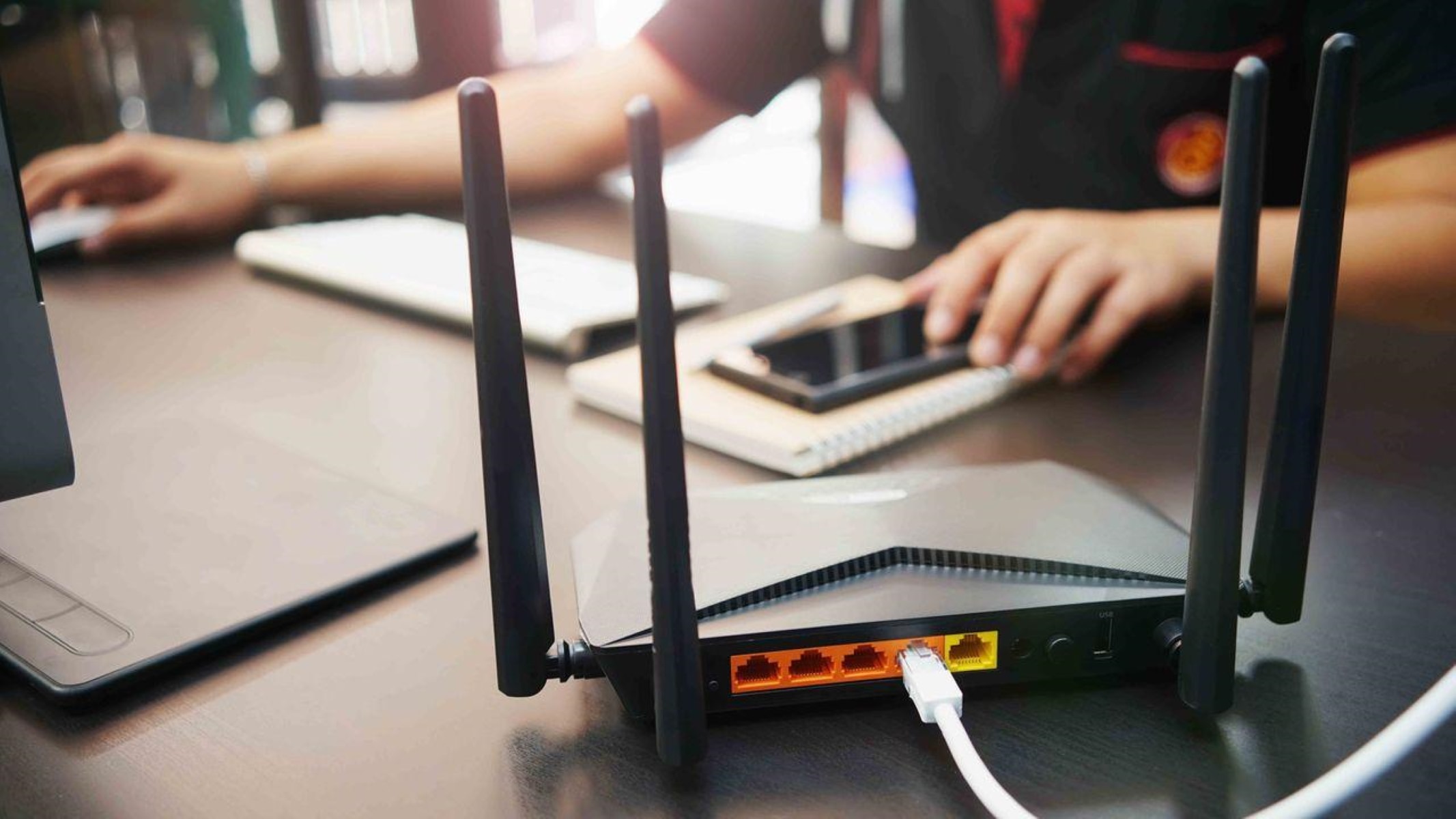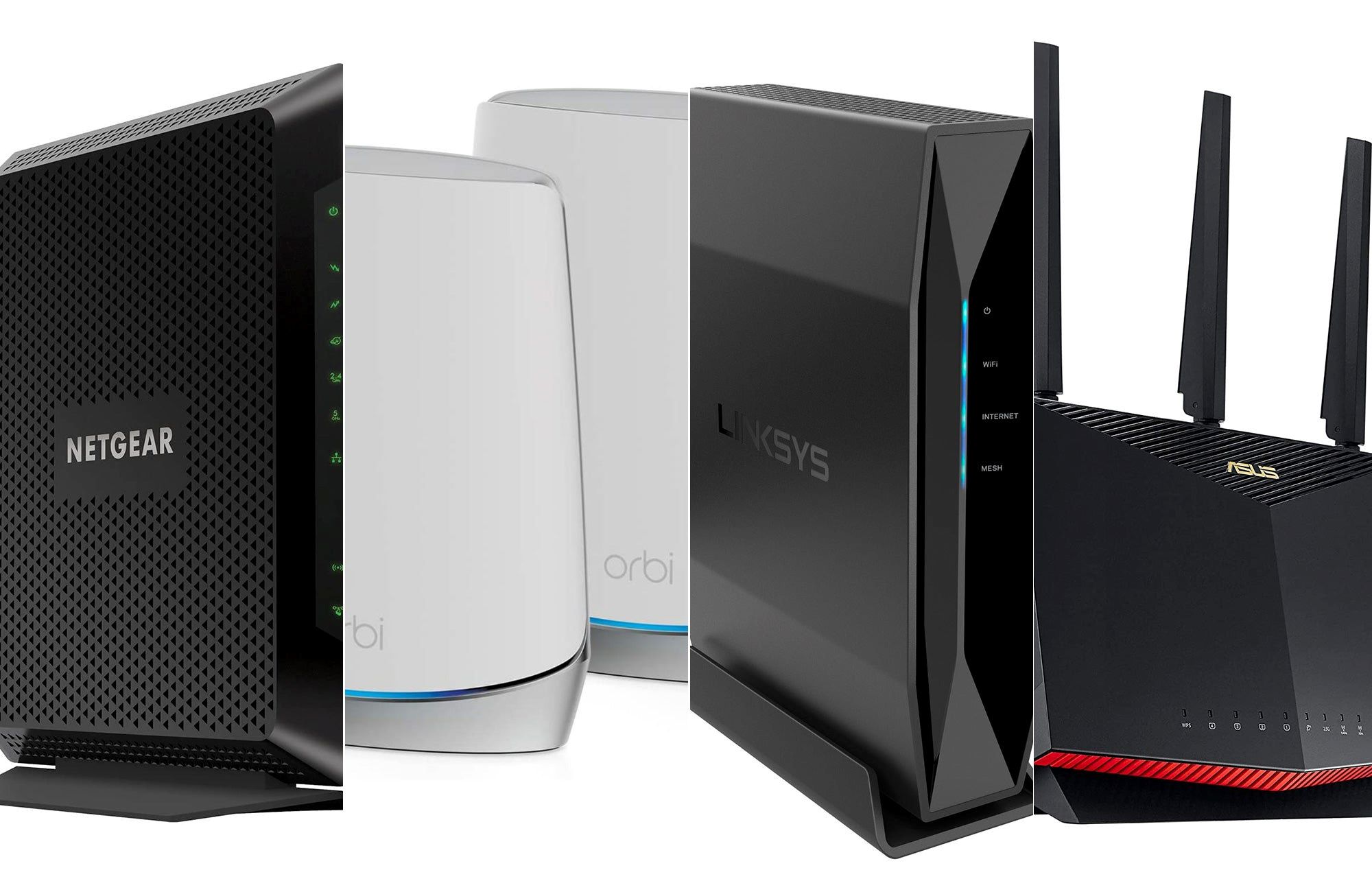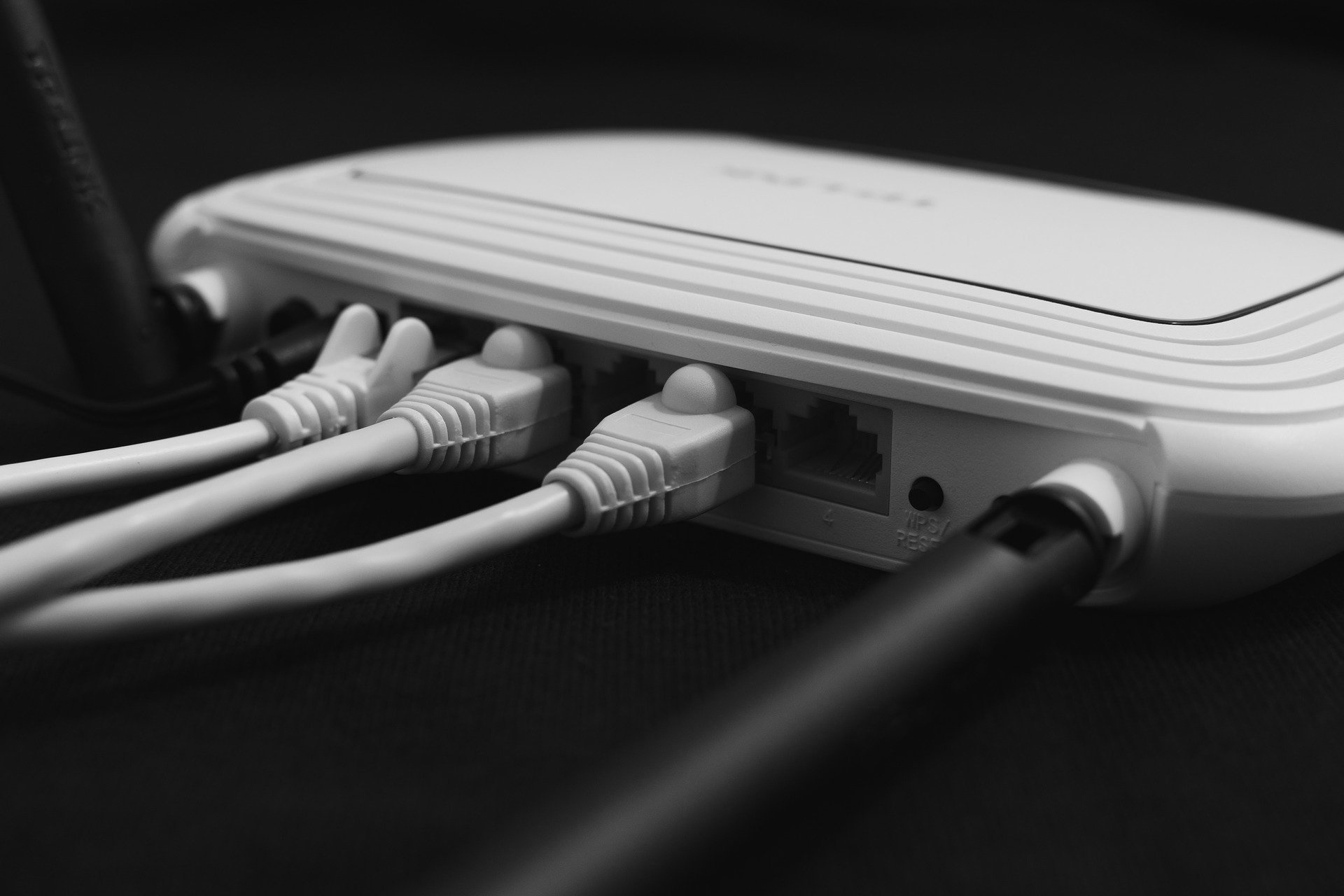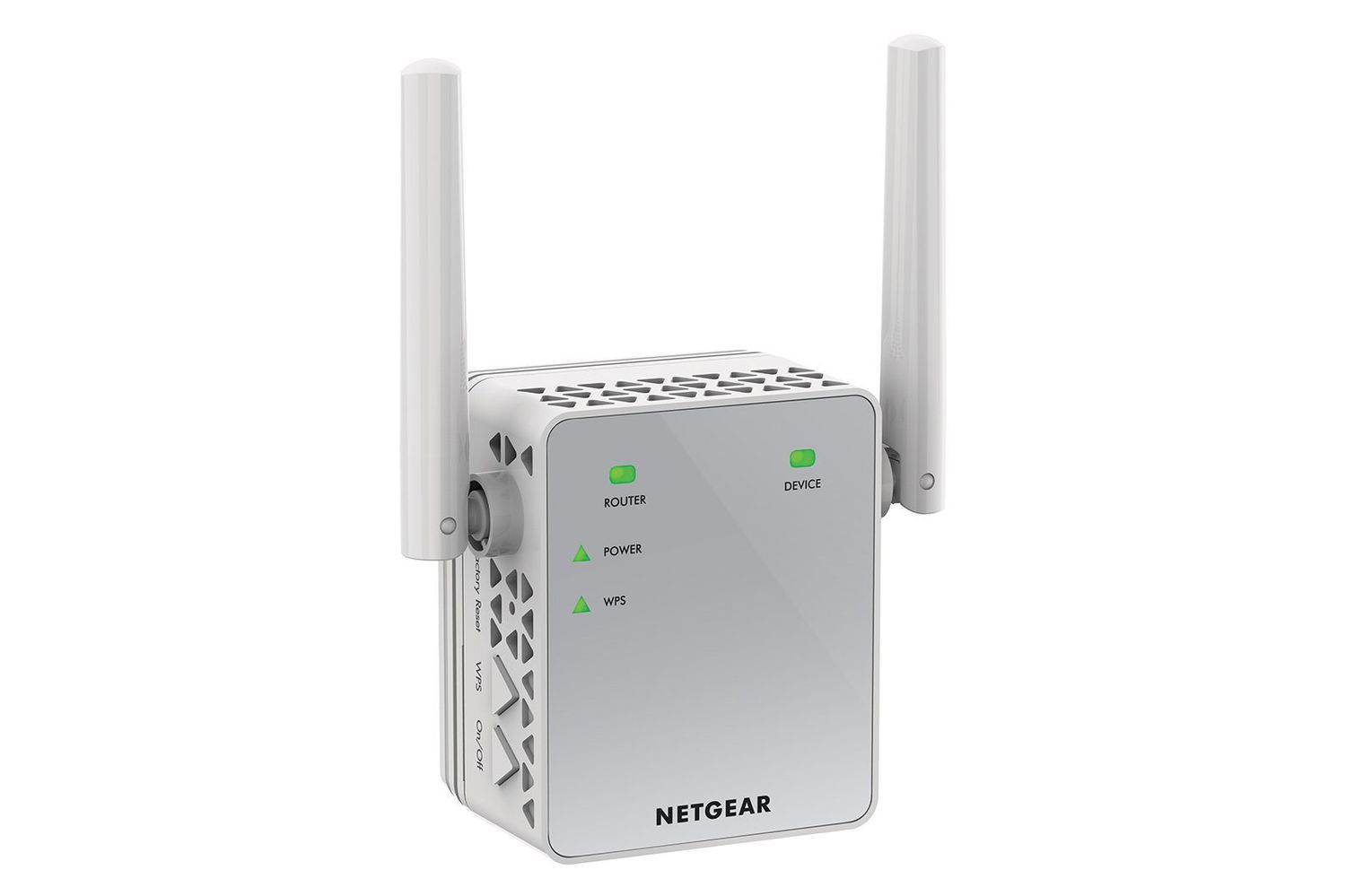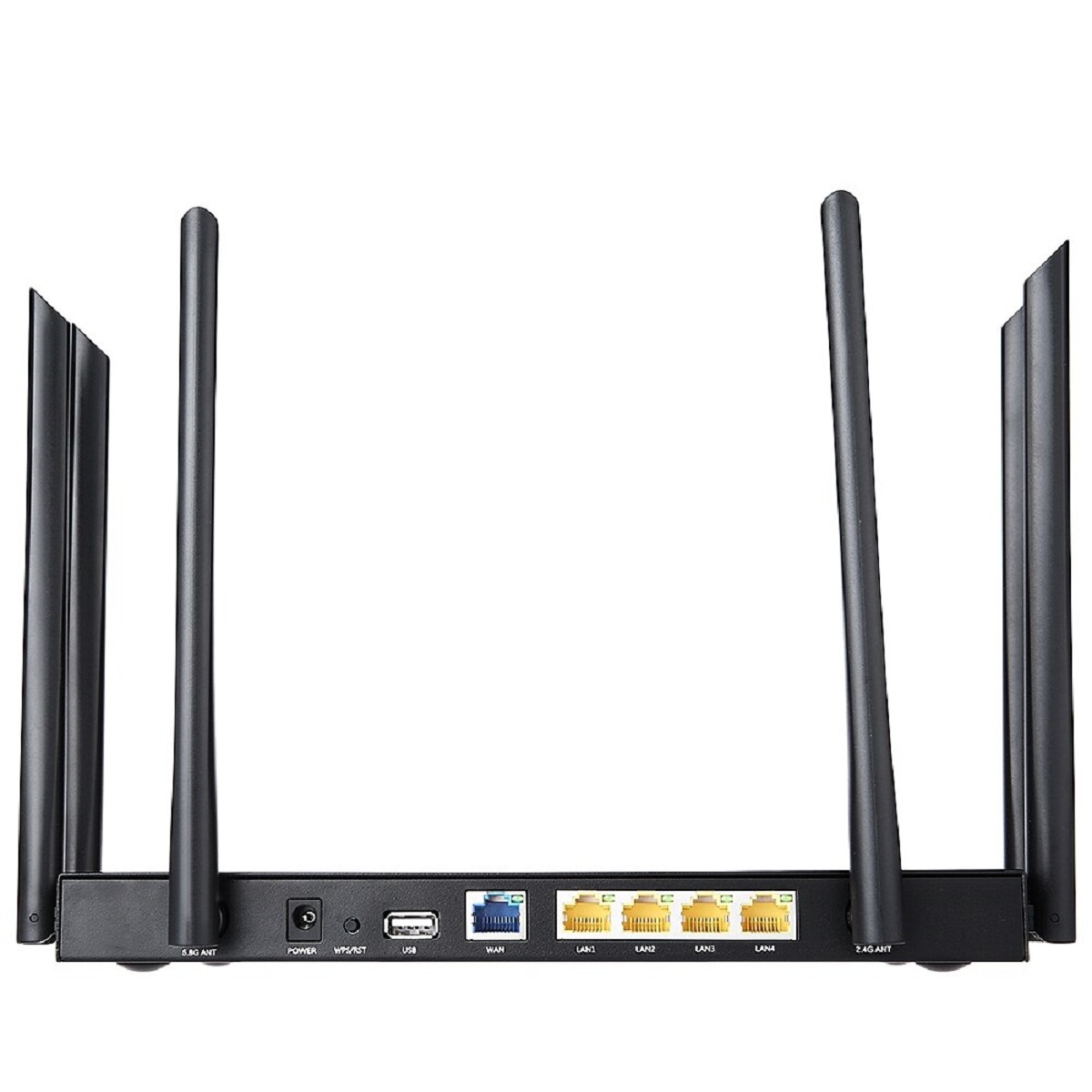Introduction
When it comes to connecting to the internet, there are two primary options available: Ethernet and WiFi. While both offer internet connectivity, Ethernet has emerged as the preferred choice for many users due to its numerous advantages. In this article, we will explore why Ethernet is better than WiFi in terms of speed, reliability, security, interference, distance, bandwidth, latency, symmetrical connection, flexibility, and cost.
Ethernet, also known as wired internet, utilizes physical cables to establish a connection between devices and the internet. On the other hand, WiFi, or wireless internet, relies on wireless signals to transmit data between devices and the internet. Although WiFi offers convenience and mobility, Ethernet surpasses it in several key aspects.
Whether you’re a casual internet user browsing the web or a professional relying on a stable and fast connection for work, understanding the benefits of Ethernet over WiFi can greatly impact your online experience. Let’s delve deeper into the advantages that make Ethernet the superior choice for internet connectivity.
Speed
One of the major factors that sets Ethernet apart from WiFi is its superior speed. Ethernet connections typically offer faster and more consistent speeds compared to WiFi. This is because Ethernet uses a wired connection, allowing for direct communication between the device and the router without any wireless interference.
With Ethernet, you can enjoy blazing fast download and upload speeds, making it ideal for activities that demand high bandwidth, such as online gaming, file sharing, and streaming high-definition content. Whether you’re downloading large files or engaging in real-time activities, Ethernet ensures a smoother and more seamless experience.
On the other hand, WiFi speeds can be affected by multiple factors including signal strength, distance from the router, and interference from other devices. The further you are from the router or the more devices connected to the WiFi network, the weaker the signal becomes, resulting in slower speeds and potential connectivity issues.
Additionally, Ethernet cables are capable of handling higher speeds than most WiFi standards. While WiFi technology continues to advance, it still falls short in terms of providing consistent and high-speed connectivity when compared to Ethernet.
Overall, if you require fast and reliable internet speeds for activities that demand low latency and high bandwidth, Ethernet is the optimal choice. Its wired connection ensures consistent speeds and minimizes the impact of external factors that can affect WiFi performance.
Reliability
Another significant advantage of Ethernet over WiFi is its reliability. Ethernet connections are known for their stability and consistency, making them ideal for critical applications that require uninterrupted internet access.
Since Ethernet relies on physical cables, it is less susceptible to interference from external factors like walls, neighboring networks, and electronic devices. This makes it a reliable choice for areas with dense wireless networks or environments where WiFi signals may be weak.
Moreover, Ethernet connections are less prone to signal drops or fluctuations. WiFi signals can be affected by various environmental factors such as distance, walls, and obstacles, leading to signal degradation and intermittent connection loss. With Ethernet, on the other hand, you can enjoy a consistent and reliable connection without worrying about disruptions.
For businesses, industries, and individuals who heavily rely on internet connectivity for critical tasks, such as remote work, video conferencing, and data transfer, the reliability of Ethernet becomes essential. With Ethernet, you can mitigate the risk of unreliable connections that could impact productivity and performance.
Additionally, Ethernet connections typically offer better latency compared to WiFi. Latency refers to the delay between when data is sent and received. Lower latency improves the efficiency and responsiveness of applications, especially for activities such as online gaming, video streaming, and real-time communication. Ethernet’s wired connection ensures minimal latency, resulting in a smoother and more seamless user experience.
In summary, Ethernet offers a more reliable connection compared to WiFi. Its stable and consistent performance, combined with lower latency, makes it the preferred choice for industries and individuals who require a dependable and uninterrupted internet connection.
Security
When it comes to internet connectivity, security is paramount. Ethernet provides enhanced security measures compared to WiFi, making it a more secure option for transmitting sensitive data and protecting your privacy.
One key advantage of Ethernet is that it operates on a closed network, meaning that the connection is limited to devices physically connected to the router via Ethernet cables. This reduces the risk of unauthorized access to your network, as potential intruders would need physical access to the network cables to breach the connection.
In contrast, WiFi networks are vulnerable to hacking and cyber-attacks due to their wireless nature. WiFi signals can penetrate walls and extend beyond the physical boundaries of a property, making it possible for hackers to intercept and exploit weakly secured WiFi networks.
Moreover, Ethernet connections can be further secured through measures such as MAC address filtering and disabling remote access. MAC address filtering allows you to control which devices can connect to your Ethernet network by only allowing specific MAC addresses, which are unique identifiers assigned to network devices. Additionally, disabling remote access ensures that only devices physically connected to the network have access, further reducing the potential for unauthorized access.
Another security advantage of Ethernet is that it does not suffer from the same vulnerabilities as WiFi when it comes to encryption standards. While WiFi networks can be secured with encryption protocols like WPA2 or WPA3, these protocols can be susceptible to security flaws or be compromised if not properly configured. Ethernet, being a wired connection, does not rely on these encryption standards, making it less susceptible to potential security breaches.
Overall, Ethernet offers enhanced security measures compared to WiFi. Its closed network structure, limited physical access, and lack of reliance on wireless signals contribute to a more secure internet connection.
Interference
Interference is a common issue that can affect the performance of wireless networks, making Ethernet a more preferable option for users who seek a stable and interference-free connection.
WiFi signals are susceptible to various types of interference, including physical obstacles such as walls, floors, and furniture. The more obstacles the WiFi signal encounters, the weaker it becomes, leading to slower speeds and reduced range.
Moreover, WiFi signals can also be affected by other electronic devices operating in the same frequency range, such as cordless phones, microwaves, and baby monitors. The presence of these devices can introduce interference and result in signal degradation and connectivity issues.
Ethernet, on the other hand, is not affected by the same types of interference that WiFi networks experience. Since Ethernet operates through physical cables, it is not susceptible to signal degradation caused by obstacles or other devices in the vicinity.
This makes Ethernet particularly advantageous for environments with high levels of interference, such as crowded office buildings, apartment complexes, or locations near densely populated areas. In these scenarios, WiFi signals can become overcrowded, leading to slower speeds and less reliable connections. Ethernet eliminates this concern by providing a direct, interference-free connection.
Furthermore, Ethernet can offer a more consistent and stable connection even in areas with weak WiFi signal coverage. By bypassing the reliance on wireless signals, Ethernet ensures a reliable connection without the need to worry about signal drops or fluctuations.
In summary, Ethernet provides a solution to the common problem of interference that WiFi networks often face. Its wired connection eliminates the impact of physical obstacles and electronic devices, resulting in a stable and interference-free internet connection.
Distance
When it comes to coverage range, Ethernet surpasses WiFi in terms of distance. WiFi signals tend to weaken as the distance between the device and the router increases, leading to a decrease in signal strength and potential connection issues.
Ethernet, on the other hand, is not limited by distance in the same way as WiFi. With Ethernet, you can establish a connection with the router regardless of the distance, as long as the device is connected to the network through an Ethernet cable. This makes Ethernet a preferred choice for larger spaces or areas where WiFi coverage is limited.
For example, in office buildings, homes with multiple floors, or properties with outbuildings, WiFi signals may struggle to reach all areas, resulting in weak or no internet connectivity. Ethernet provides a solution to this issue by allowing users to extend the network coverage by connecting additional access points or switches with Ethernet cables.
Moreover, Ethernet connections are not affected by walls, floors, or other physical barriers. WiFi signals can be attenuated by these obstacles, resulting in significant signal loss and reduced coverage range. Ethernet, being a wired connection, bypasses the limitations posed by physical barriers, ensuring a consistent and reliable connection regardless of the environment.
It is important to note that while Ethernet can overcome the limitations of distance, it does require the installation of additional Ethernet cables. This may involve some initial setup and infrastructure investment, but the benefits of increased coverage range and reliable connectivity make it worth considering.
In summary, Ethernet offers a greater distance coverage compared to WiFi. Its ability to bypass the limitations of signal strength and physical barriers makes it an ideal choice for larger spaces or areas with limited WiFi coverage.
Bandwidth
Bandwidth refers to the amount of data that can be transmitted over a network connection within a given time. When it comes to bandwidth, Ethernet outperforms WiFi, making it the preferred choice for applications that require high data transfer rates.
Ethernet connections offer higher bandwidth capabilities compared to most WiFi standards. This means that Ethernet can handle larger volumes of data at faster speeds, making it suitable for bandwidth-intensive activities such as streaming high-definition videos, online gaming, and transferring large files.
WiFi networks, on the other hand, often face bandwidth limitations due to interference, signal degradation, and the shared nature of the wireless medium. Multiple devices connected to the same WiFi network can compete for bandwidth, resulting in slower speeds and reduced performance.
In addition, as the number of connected devices increases, WiFi networks may experience a decrease in available bandwidth due to the shared connection. This can lead to congestion and further impact the overall network performance.
Ethernet, being a dedicated connection, does not suffer from these limitations. Each device connected to an Ethernet network has its own dedicated bandwidth, ensuring consistent and reliable data transfer rates for each device. This makes Ethernet ideal for environments with multiple devices that require simultaneous high-bandwidth activities.
Moreover, Ethernet also offers a higher potential for future bandwidth growth. As technology continues to advance and demand for higher data transfer rates increases, Ethernet standards can adapt to higher speeds more easily than WiFi. This scalability makes Ethernet a future-proof option that can handle the bandwidth requirements of emerging technologies and applications.
In summary, Ethernet provides higher bandwidth capabilities compared to WiFi, making it the preferred choice for applications that demand high data transfer rates. Its dedicated connection and scalability ensure consistent and reliable performance for bandwidth-intensive activities.
Latency
Latency, also known as ping or lag, refers to the delay between when data is sent from a device to the network and when a response is received. In terms of latency, Ethernet offers a significant advantage over WiFi, resulting in a more responsive and efficient network connection.
Ethernet connections typically have lower latency compared to WiFi. This is because Ethernet utilizes a wired connection, allowing for direct and uninterrupted communication between the device and the network. The data transfer occurs almost instantaneously, resulting in minimal delay.
WiFi networks, on the other hand, can experience higher latency due to various factors such as signal interference, distance from the router, and the shared nature of the wireless medium. The wireless signals used in WiFi networks can be impacted by environmental factors or congestion, leading to increased latency and slower response times.
Lower latency is particularly important for activities that require real-time communication and responsiveness, such as online gaming, video conferencing, and voice calls. With Ethernet, users can experience reduced lag and a smoother, more seamless experience in these applications.
Furthermore, Ethernet’s lower latency can also improve the overall performance of web browsing, file transfers, and other general internet activities. Users can enjoy faster loading times, quicker downloads, and smoother streaming experiences, enhancing their overall online experience.
While WiFi technology has improved over the years and advancements have been made to reduce latency, Ethernet still offers a more consistent and reliable low-latency connection. This makes Ethernet the preferred choice for users who prioritize quick response times and minimal lag in their network connection.
In summary, Ethernet provides lower latency compared to WiFi, resulting in faster response times and a more efficient network connection. Its direct and wired communication ensures minimal delay, making it the ideal choice for applications that require real-time responsiveness.
Symmetrical Connection
One of the notable advantages of Ethernet over WiFi is the ability to maintain a symmetrical connection. A symmetrical connection refers to the equal upload and download speeds that Ethernet can provide, making it a preferred choice for activities that require both high download and upload speeds.
In Ethernet connections, the data transmission speeds for both uploading and downloading data are typically the same. This is beneficial for tasks such as video conferencing, uploading large files, and hosting online servers, where faster upload speeds are required to ensure smooth and efficient data transfer.
On the other hand, WiFi networks usually offer asymmetrical connections, where the download speed is faster than the upload speed. This is because WiFi is optimized for typical internet usage where users mainly consume content, such as browsing the web, streaming videos, and downloading files. As a result, WiFi networks prioritize faster download speeds while sacrificing upload speeds to some extent.
By having a symmetrical connection with Ethernet, users can efficiently perform tasks that involve sending and receiving large amounts of data. This can be beneficial for remote workers who need to upload files to cloud storage, content creators who regularly share videos or high-resolution images, and businesses that rely on video conferencing for communication.
Moreover, a symmetrical connection provided by Ethernet also ensures a more balanced and consistent performance for applications that rely heavily on bi-directional data transfer. For example, online gaming, where both downloading game data and sending real-time inputs are crucial, can benefit from the symmetrical speeds of Ethernet.
While WiFi technologies have improved over time to offer better upload speeds, Ethernet continues to offer a more reliable and consistent symmetrical connection. This makes Ethernet a preferred choice for users who require equal upload and download speeds for their specific internet activities.
In summary, Ethernet provides a symmetrical connection, offering equal upload and download speeds. This makes it the ideal choice for tasks that require fast and efficient bi-directional data transfer, enabling smooth operations for activities such as remote work, content creation, and online gaming.
Flexibility
Flexibility is another aspect where Ethernet excels over WiFi. Ethernet offers greater flexibility in terms of network setup and device connections, making it a versatile option for various networking needs.
With Ethernet, you have the flexibility to connect a wide range of devices directly to the network, including computers, gaming consoles, smart TVs, and network storage devices. Each device can be connected using Ethernet cables, providing a reliable and consistent network connection. This is especially beneficial for devices that require high bandwidth and low latency, where WiFi connections may not be sufficient.
Moreover, Ethernet allows for the easy expansion and scalability of your network. You can easily extend your network coverage by adding network switches or access points, creating a wired network infrastructure that can accommodate numerous devices and provide seamless connectivity throughout your home or office.
In addition, Ethernet also enables the creation of local area networks (LANs) or virtual private networks (VPNs) for secure and efficient communication between devices within a specific network. This flexibility allows businesses to set up their own internal networks or connect multiple locations together for streamlined data sharing and collaboration.
Furthermore, Ethernet offers the flexibility to integrate with other networking technologies and protocols. It is commonly used in conjunction with other networking technologies, such as fiber optics or powerline adapters, to extend the network range or overcome physical limitations.
While WiFi provides convenience and mobility with its wireless nature, Ethernet offers the flexibility to customize your network setup according to your specific requirements. Its versatility and adaptability make it suitable for a wide range of scenarios, from home networking to enterprise-level deployments.
In summary, Ethernet provides greater flexibility in terms of network setup, device connections, and scalability. Its ability to accommodate a variety of devices, create local area networks, and integrate with other networking technologies makes it a versatile option for various networking needs.
Cost
When it comes to cost, Ethernet and WiFi present different considerations. While WiFi networks may seem more cost-effective initially due to the absence of physical cables, Ethernet can offer long-term savings and cost advantages in certain scenarios.
WiFi networks generally require a wireless router and potentially additional access points or extenders to ensure adequate coverage throughout a home or office. These devices come with an upfront cost, and their prices can vary depending on the features and capabilities desired.
On the other hand, Ethernet networks require the installation of Ethernet cables, which may involve professional installation or a DIY approach. While there is an initial cost for the cables and any necessary equipment, Ethernet can provide better long-term cost benefits.
Ethernet cables have a longer lifespan compared to wireless routers and access points. They are less susceptible to technical obsolescence because advancements in Ethernet technology primarily occur within devices like switches and routers, rather than in the cables themselves.
Additionally, Ethernet provides a more stable and reliable connection, reducing the need for troubleshooting or additional equipment to improve signal quality or range. This can result in fewer ongoing costs related to network maintenance and upgrades.
Moreover, Ethernet’s reliability and ability to handle high bandwidth activities efficiently can lead to improved productivity and reduced downtime for businesses. This can translate to cost savings in terms of increased efficiency, reduced employee idle time, and enhanced customer satisfaction.
In some cases, having a wired Ethernet connection can also lead to cost savings in terms of data usage. Some internet service providers impose data caps or charge additional fees for exceeding certain data limits. Ethernet connections do not contribute to data usage in the same way as WiFi connections, as they operate independently of an internet service provider’s data restrictions.
However, it’s important to note that the cost advantage of Ethernet over WiFi may not always be applicable. For small-scale or temporary connectivity needs, WiFi can still be a more cost-effective and practical choice, especially in situations where the installation of Ethernet cables is not feasible or cost-prohibitive.
In summary, while WiFi networks may have a lower upfront cost, Ethernet can offer long-term cost advantages through its durability, stability, and reduced maintenance needs. Ethernet’s reliability and potential for improved productivity can result in indirect cost savings for businesses as well.







